It’s no secret that one of testosterone’s primary functions is to build muscle mass and sustain it for optimal performance.
However, for men who struggle with low concentrations of this essential hormone, building muscle mass and strength may be an uphill battle.
In fact, low testosterone concentrations lead to the opposite effect because low T leads to muscle turning into fat into estrogen. Estrogen builds up in the absence of the “male hormone,” leading to fat build-up in all the wrong places – the breast, thighs, and midsection.
Worse, more body fat leads to a further decline in testosterone levels, creating a destructive, if not endless, cycle that is virtually inescapable for some people.
Thus, it’s perfectly understandable why this is such a significant concern for men who suffer from flagging testosterone levels, particularly to those of us who are into bodybuilding and strength training.
We’ve come to bring you good news, though.
See, it’s possible to build muscle even with low T – in fact, weight training and regular exercise may even help increase testosterone levels in your body.
That said, by implementing simple lifestyle changes like going on a healthier diet, boosting other hormones, and changing up your exercise routine to use a more comprehensive array of resistance training exercises, apart from the ones you already do to build muscle.
How do you increase strength even with low testosterone levels?
Building muscle with low testosterone is possible, but it’s not going to be easy. However, by following these easy-to-adopt tips into your daily routine, you can make small steps to gradually create a better environment that will help reverse your hormonal levels and get rid of the exhaustion, ED, weight gain, loss of confidence, and other symptoms that often accompany it.
Don’t quit on the cardio
 While cardio exercises aren’t typically associated with building muscle mass, a nice cardio session of 10 minutes may increase the concentrations of human growth hormone (HGH), which is a vital biochemical component for muscle strength.
While cardio exercises aren’t typically associated with building muscle mass, a nice cardio session of 10 minutes may increase the concentrations of human growth hormone (HGH), which is a vital biochemical component for muscle strength.
A good rule of thumb is to schedule short bursts of cardio sessions twice or thrice weekly. Feel free to switch them around anytime to prevent the ennui you might get from doing the same cardio routine every time. With the vast array of options in your hands, such as treadmills, stationary bikes, and all sorts of activities you can do for cardio, it doesn’t have to be boring. Warm up for 3 minutes, go all out for 30 seconds, then take a 90-second break – which is pretty much your high-intensity interval training (HIIT). This type of cardio exercise is effective for helping you get into shape quickly and getting the most out of your workouts in just a short matter of time.
Start lifting weights
After going through your 10-minute cardio routine:
- Follow it up with a short strength-training routine for about 30 minutes.
- Depending on your choice of resistance machines or free weights, target the major muscle groups such as the chest, back, shoulders, and legs.
- Try to shoot for three sets of 8-12 repetitions for each exercise.
A good practice is to increase the weight between sets gradually – that is, start with a lighter weight for the beginning set and complete the last two sets with progressively heavier weights.
Feel free to use different equipment and exercises every time you work out to stay committed and invested in the new routine. As with anything, if you are new to exercise or just starting to pick up physical activity after some time on the sidelines, consult your doctor and see if a personal trainer can help you achieve your goals. Start slow and gradually ramp your activity up.
Replenish your body after workouts
 Ideally, within 45 minutes after intense physical activity, you should refuel your body with protein and carbohydrates to replenish the reserves it used. It can also help initiate the recovery and muscle repair process that is a key component of building up muscle strength and stamina.
Ideally, within 45 minutes after intense physical activity, you should refuel your body with protein and carbohydrates to replenish the reserves it used. It can also help initiate the recovery and muscle repair process that is a key component of building up muscle strength and stamina.
Additionally, after a strenuous workout, taking protein and carbohydrates may help promote the release of HGH, which goes a long way in helping achieve your muscle-building goals.
Don’t overdo things
While pushing yourself is necessary to help take your performance to the next level, overdoing exercise can be counterproductive – if not downright in total opposition – to reaching your fitness goals.
It’s essential to keep your workouts under 1 hour. That’s because workouts lasting for over the ideal timeframe may trigger the body to release the stress hormone, more commonly known as cortisol.
Cortisol isn’t just responsible for stress. This hormone also is responsible for breaking down muscle, which is in active and total opposition to your goals in the first place.
Rest is an essential aspect of building muscle. After all, it is when we rest that the body works to repair itself and build muscle. Don’t overdo exercise and do more than you think you can – overworking yourself might just prevent you from achieving your goals.
Get the right amount of nutrition to fuel muscle growth
Lastly, it’s essential to consume complex carbohydrates and lean protein to fuel muscle growth and prevent excess fat build-up. Pair protein sources like lean red meat, chicken, eggs, and fish with sweet potatoes, brown rice, or couscous. Use healthy fats like olive and coconut oil when cooking, and consider taking a multivitamin supplement if you think you’re not getting the nutrition you need.

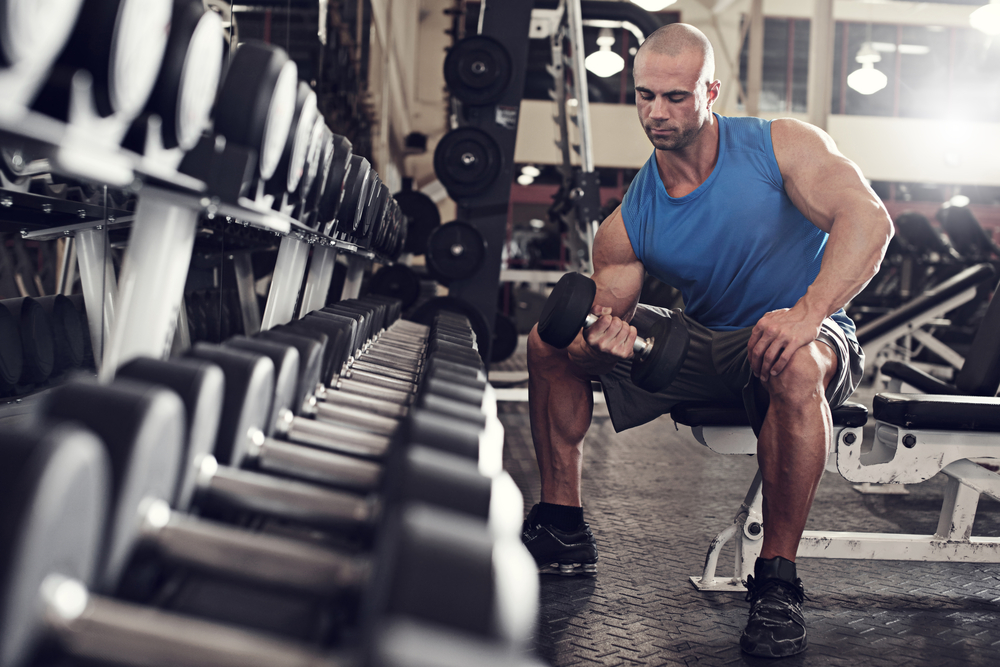
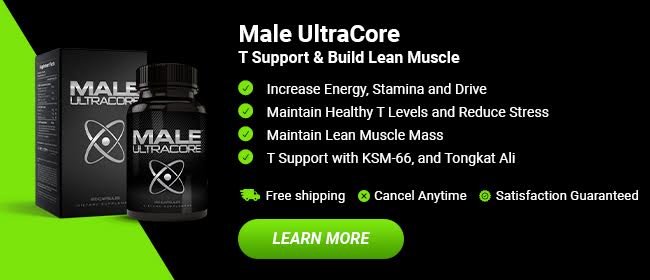
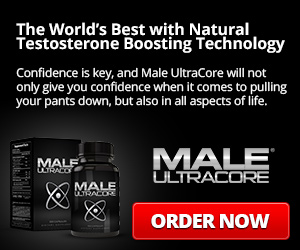
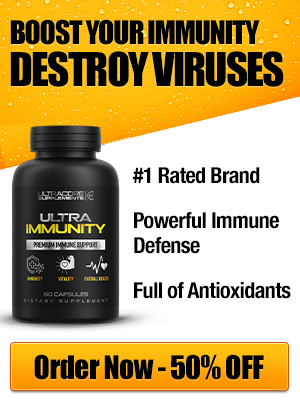
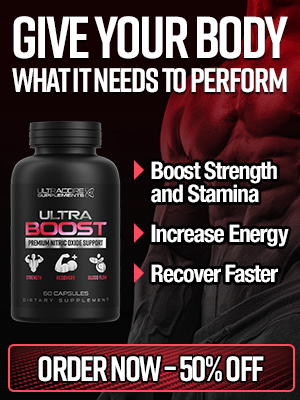


COMMENTS